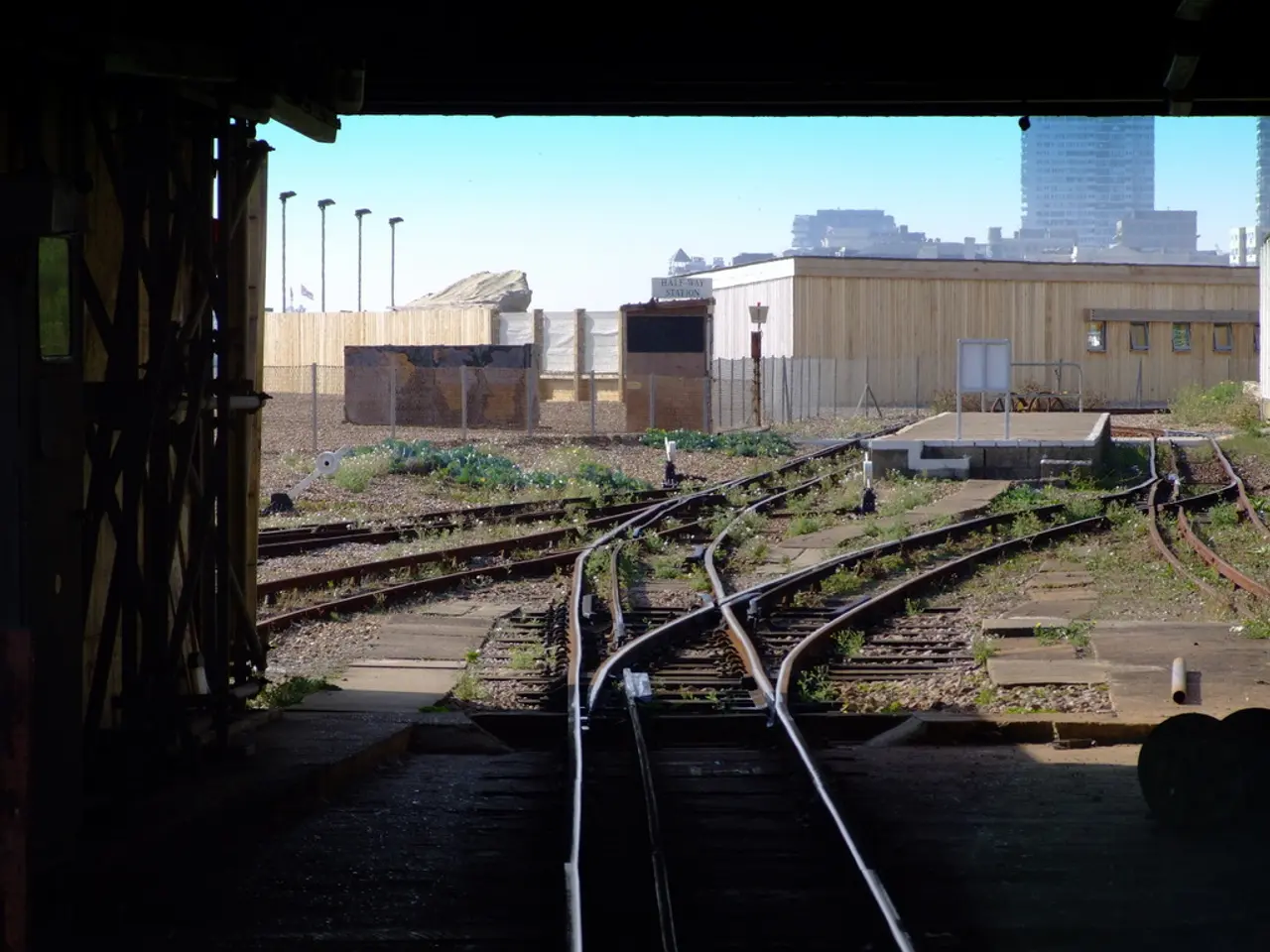Mining Operations Initiate Below Ground at Mogalakwena, Led by Valterra Platinum
Valterra Platinum, a leading South African mining company, has announced plans for a significant underground mining project at its Mogalakwena mine. This project, aimed at tapping into higher-grade ore beneath the existing Sandsloot open pit, could potentially revolutionise the company's operations and have a significant impact on global PGM markets.
The underground project will employ modern bulk mechanized mining methods, including automated drilling, loading, and hauling systems. This integration of digital technology offers numerous opportunities for real-time equipment monitoring, predictive maintenance systems, and remote operations, all of which could streamline operations and boost efficiency.
Mogalakwena, contributing approximately 50% of Valterra's total PGM production, is the company's crown jewel. The underground expansion represents strategic positioning for both near-term production optimisation and long-term market conditions, aiming to maintain competitive margins even during periods of price volatility.
However, the project is not without its challenges. Geological uncertainties represent a significant risk factor in underground mining environments. The effectiveness of selected mining methods for the specific ore body characteristics remains to be fully validated. Skills development requirements for underground operations will necessitate comprehensive training programs for local workers.
Underground mining also presents a different environmental footprint compared to open-pit operations. Water management, energy consumption, and ventilation requirements become particularly important. Valterra is committed to addressing these concerns and implementing sustainable practices throughout the project.
Stakeholder engagement processes will be crucial for maintaining community support during the transition to underground mining. Valterra is actively engaging with local communities, ensuring they are informed about the project's benefits and potential impacts, and working together to mitigate any negative effects.
The project could have a significant impact on global PGM markets, potentially increasing supply by 10% to 50% and stabilising price dynamics. Valterra is also diversifying its end-use beyond traditional automotive catalysts, developing new market applications for PGMs and pursuing a dual approach to market challenges, scaling up presence in hydrogen production applications and targeting the growing fuel-cell electric vehicle segment.
The transition from open-pit to underground mining presents technical challenges, including the need for ground support systems, efficient ore haulage, and integration with existing processing facilities. Integration with existing operations presents logistical and scheduling challenges, requiring careful planning and coordination.
The underground trial mining process will involve extensive exploration drilling, development of access infrastructure, and implementation of modern mechanized mining methods. The trial mining phase, scheduled to commence in late 2026, will be crucial for confirming that the proposed mining methods can achieve targeted productivity and recovery rates.
Valterra is subjecting the underground project to a rigorous capital allocation framework before proceeding with full implementation, aligning with industry best practices for major capital projects. If the project meets Valterra's capital allocation requirements, it could potentially ramp up to full-scale production of 3.6 to 4.5 million tonnes annually beyond 2030. The company is also planning to start shaft sinking at Mogalakwena to improve access and increase production efficiency at the mine.
The shift toward underground mining is a broader trend across the South African beneficiation sector, with major producers looking underground to maintain production levels and access higher-quality resources. The potential for automation and remote operations represents another frontier for innovation in underground mining.
Despite short-term market challenges, Valterra executives have expressed strong confidence in PGM sector fundamentals, based on projections for growing demand in emerging applications. The company's ambitious underground project at Mogalakwena is a testament to this confidence and a significant step towards securing Valterra's position as a global leader in the PGM industry.








